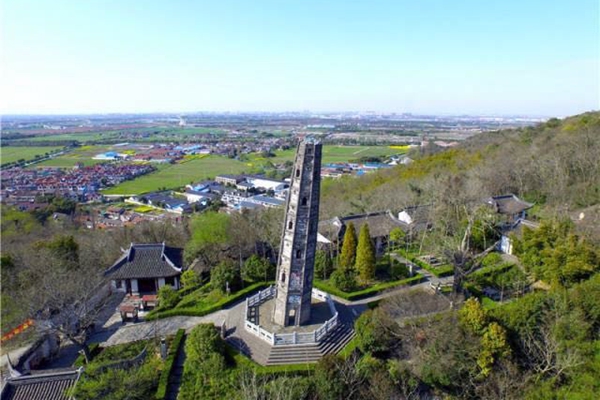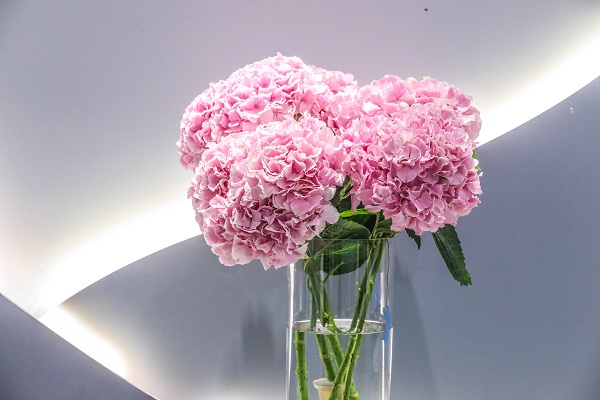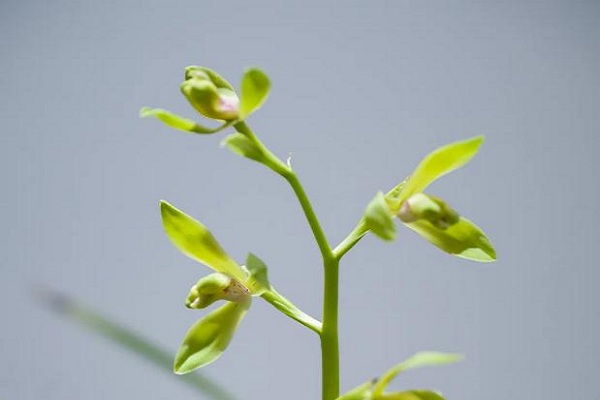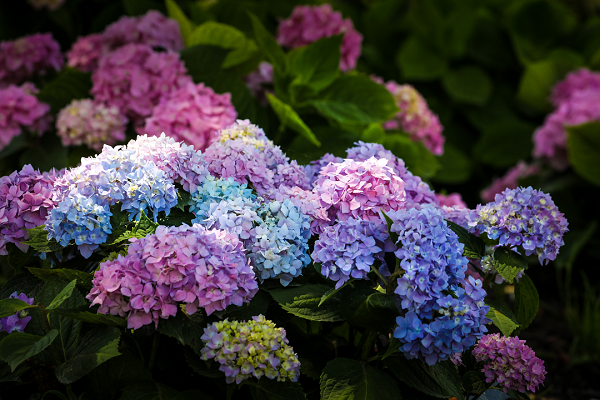
Huzhu Pagoda in Shanghai is known for its tilt that is greater than that of the Leaning Tower of Pisa in Italy. [Photo provided to chinadaily.com.cn]
Huzhu Pagoda in Shanghai, which surpasses the Leaning Tower of Pisa in Italy in terms of age and tilt, is a renowned attraction in Tianmashan Park in Shanghai Sheshan National Tourist Resort.
The ancient pagoda was built in 1079 during the Northern Song Dynasty (960-1127) by a military general and tilts to the southeast at an angle of 7.1 degrees. Italy's Leaning Tower of Pisa was built in 1173 and its tilt is nearly 4 degrees.
With a height of about 18.8 meters, the seven-floor octagonal pagoda is made of wood, mortar and bricks. It is located halfway up Tianma Mountain. Currently, the pagoda is a heritage site under the protection of Shanghai.
According to local legend, it used to store sarira-bead-sized stones-that shined in the night. Hence, the pagoda is called Huzhu, which in Chinese means protecting pearls.
Next to the pagoda stands a 700-year-old ginkgo tree. The two have kept one another company for a long time. Local legend has it that the tree is the giant hand of the god of the mountains that ensures the pagoda doesn't fall over.
As a cultural relic that is over 900 years old, the pagoda has overcome centuries of natural and human-made injuries. It survived a fire during the Qing Dynasty (1664-1911), which destroyed its wooden stairs and floors. Only the brick shell of the tower remains.
The pagoda has been leaning toward the southeast and has undergone several restorations to keep from falling over throughout its history.
An uneven foundation is part of the reason the pagoda tilts, according to Yang Jiayou, an architect who worked on a prior restoration effort.
"The pagoda stands on the slope of a hill, and the density of the soil underground is different-one side is harder and the other softer, and therefore the pagoda tilts," Yang said during an interview.
Despite this, the pagoda's octagonal construction and the mixed usage of glutenous rice, limestone powder, and tung oil to bind bricks by using an ancient masonry technique keeps the pagoda standing.
The pagoda is located in Tianmashan Park, which has Shanghai's highest summit. There were several Buddhist mansions and temples in the highlands in ancient times. Songjun township residents used to trek to the mountain and burn incense every March.


